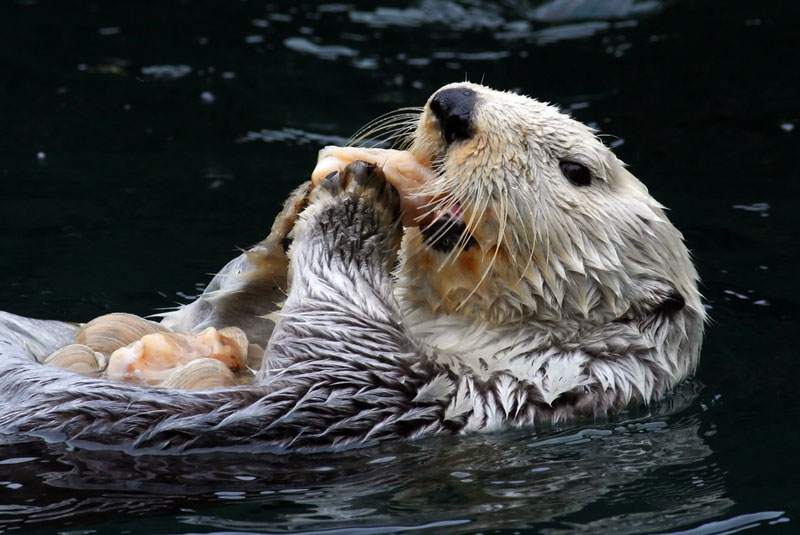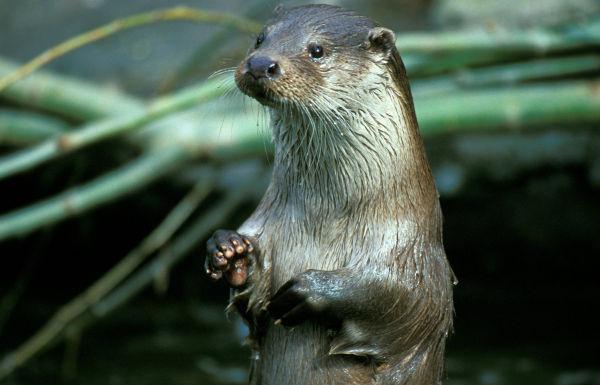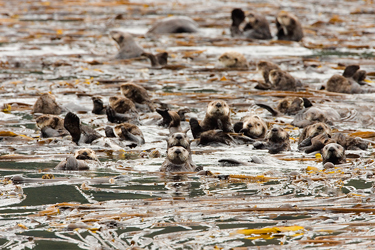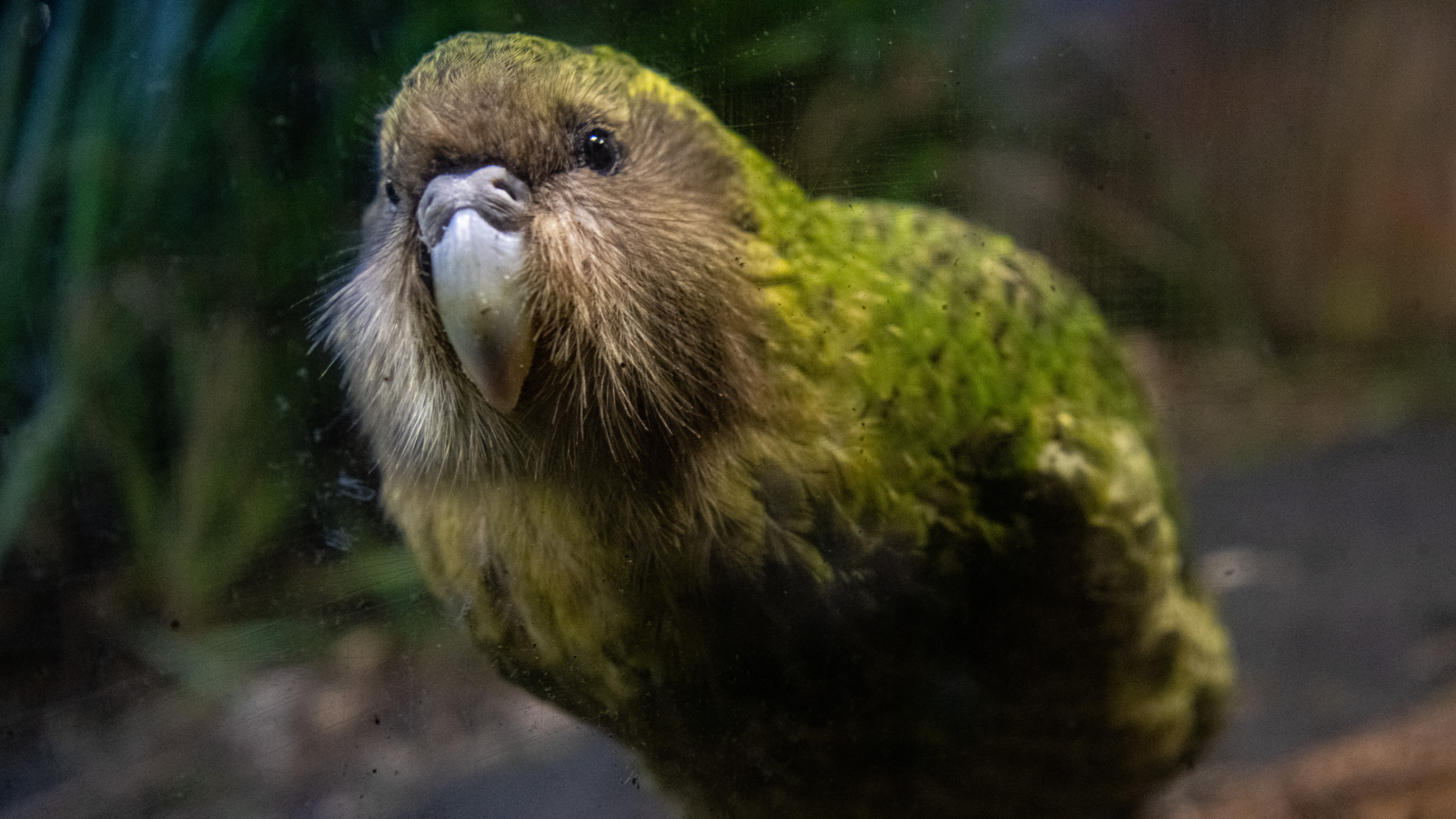Facts About Otters

With long, sleek, streamlined bodies and webbed feet, otters are born swimmers. They are found in waterways on every continent except Australia and Antarctica. They are often seen floating on their backs. Their thick fur traps air and makes them buoyant. Unfortunately, the fur is highly coveted, and otters have been hunted almost to extinction in many places.
Size
There are 13 species of otters, in seven genera, according to Integrated Taxonomic Information System (ITIS). They come in many sizes. The largest otter is the giant otter. It grows from 4.9 to 5.9 feet (1.5 to 1.8 meters) long. Though it is the largest, it isn’t the heaviest. This distinction goes to the sea otter. Males weigh up to 90 lbs. (41 kilograms).
The smallest otter is the Asian small-clawed otter, which grows up to 2.9 feet (90 centimeters) long and up to 11 lbs. (5 kg), according to the San Diego Zoo.
Habitat
Otters are found almost all over the world and in many wet habitats, such freshwater rivers, lakes, oceans, coastlines and marshes. Most otters live in dens — built by other animals, such as beavers — that are dug into the ground that have many channels and dry inner chambers.
The sea otter, however, rarely comes ashore, according to the San Diego Zoo. Sea otters are found in two areas: The Pacific coasts of Russia and Alaska, and along the central California coast. They live in offshore forests of giant kelp, according to the Animal Diversity Web (ADW). They eat, rest and groom themselves on the water's surface.

Habits
Otters are very social creatures. A group of otters is called a raft, according to the San Diego Zoo. They are also nocturnal and hunt at night.
They also love to play. They like to slide off embankments into the water, wrestle, chase their tails and participate in other fun games. They are also very curious and like to investigate new things.
Otters spend a good part of their day grooming themselves. They clean their fur by biting it and scratching it against rocks, or rubbing it on logs or grass. They actually have two layers of fur: a dense undercoat that traps air and a topcoat of long, waterproof hairs.
Diet
Otters are carnivores, which means they eat meat. Sea otters eat a wide range of marine animals, including mussels, clams, urchins, abalone, crabs, snails and about 40 other marine species, equaling approximately 25 percent of their weight in food each day, according to Defenders of Wildlife. River otters eat mostly frogs, crabs, crayfish, fish and mollusks. They also eat small mammals and birds.
Offspring
A female otter has a gestation period of two months for smaller species and five months for sea otters. She will give birth to one to five offspring, through usually only two babies are born at once. Sea otters are the only otters that give birth in water. Other otters give birth in dens.
Otter babies are called pups. They are born weighing only 4.5 ounces (128 grams) for smaller species and 5 lbs. (2.3 kg) for sea otters, according to the San Diego Zoo. Pups have sealed eyes that open at around 1 month old. At 2 months, pups start to swim. [Photos: Orphaned Otter Pup Gets Pampered in Chicago Aquarium]
At 1 year of age, pups leave their mother. By 2 to 5 years old they will be ready to make their own pups. Otter live to around 12 years old in the wild, and longer in captivity.

Classification/taxonomy
Here is the classification of otters, according to Integrated Taxonomic Information System (ITIS) and the International Union for Conservation of Nature (IUCN):
Kingdom: Animalia Subkingdom: Bilateria Infrakingdom: Deuterostomia Phylum: Chordata Subphylum: Vertebrata Infraphylum: Gnathostomata Superclass: Tetrapoda Class: Mammalia Subclass: Theria Infraclass: Eutheria Order: Carnivora Suborder: Caniformia Family: Mustelidae Subfamily: Lutrinae Genera & species:
- Aonyx capensis (African small-clawed otter, swamp otter, African clawless otter)
- Aonyx cinereus (Asian small-clawed otter)
- Aonyx congicus (Congo clawless otter)
- Enhydra lutris (sea otter)
- Hydrictis maculicollis (speckle-throated otter, spotted-necked otter)
- Lontra canadensis (North American river otter)
- Lontra felina (marine otter)
- Lontra longicaudis (Amazonian river otter, long-tailed otter, neotropical river otter)
- Lontra provocax (large river otter, river wolf, Southern river otter)
- Lutra lutra (European otter, Eurasian otter)
- Lutra nippon (Japanese otter) — possibly extinct, according to IUCN, and may not have been a separate species
- Lutra sumatrana (hairy-nosed otter)
- Lutrogale perspicillata (smooth-coated otter)
- Pteronura brasiliensis (giant otter)
Conservation status
Most otter species are near threatened, vulnerable or endangered, according to International Union for Conservation of Nature's Otter Specialist Group. Populations of all otters are decreasing, except for the North American river otter, which is listed as stable and of "least concern" for extinction.
The endangered species; that is, those facing a very high risk of extinction in the wild in the near future, are the giant otter, hairy-nosed otter, marine otter, South American river otter and sea otter. Sea otters are estimated to have undergone a decline of over 50 percent over the past 45 years, according to the IUCN.
Other facts
Warm air trapped in a sea otter’s fur keeps them warm in chilly waters.
When otters dive, they seal their ears and nose.
The word otter comes from Old English and Indo European root words that were also used to create the English word for water.
Otters have the densest fur in the world. It ranges from 250,000 to a million hairs per square inch, according to the Defenders of Wildlife.
Additional resources
Get the world’s most fascinating discoveries delivered straight to your inbox.

